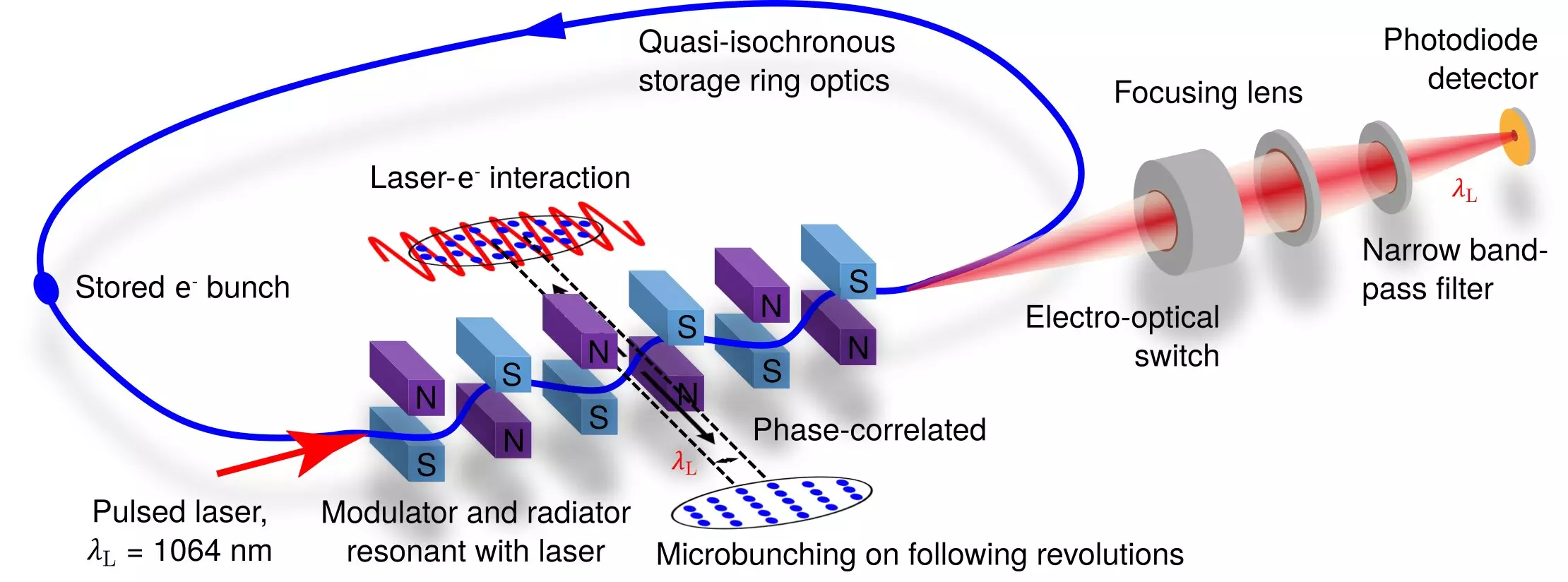The world of materials research is constantly evolving, with new technologies and advancements pushing the boundaries of what is possible. One area that has seen significant progress in recent years is synchrotron radiation. When ultrafast electrons are deflected, they emit light known as synchrotron radiation. This light is longitudinally incoherent and consists of a broad spectrum of wavelengths, making it an excellent tool for materials research.
A Breakthrough Discovery
In 2010, physicist Alexander Chao and his doctoral student Daniel Ratner made a groundbreaking discovery. They found that if the electron bunches orbiting in a storage ring become shorter than the wavelength of the light they emit, the emitted radiation becomes coherent and significantly more powerful. This means that instead of the traditional storage rings producing longitudinally incoherent light, they could potentially deliver monochromatic, coherent light with outputs of several kilowatts.
Chinese theorist Xiujie Deng has defined a set of settings for a specific type of circular accelerator known as the isochrone or “low-alpha” rings for the Steady-State Micro-Bunching project (SSMB). This project aims to create short particle bunches that are only one micrometer long. The research team from HZB, Tsinghua University, and PTB successfully demonstrated this concept in a proof-of-principle experiment in 2021 using the Metrology Light Source (MLS) in Adlershof. This marked a significant milestone in the development of coherent light sources.
While the SSMB project shows great promise, HZB project manager Jörg Feikes believes that it will still take some time to fully realize its potential. He draws parallels between the SSMB project and the development of free-electron lasers, stating that these types of advancements are long-term endeavors that require years of research and development. Despite the challenges ahead, the team is confident that they are on the right path towards a new type of SSMB radiation source that could revolutionize the field of materials research.
The future of synchrotron radiation is an exciting one, with advancements in technology opening up new possibilities for researchers. The development of coherent light sources has the potential to transform the way we study materials and could lead to significant breakthroughs in various scientific fields. As researchers continue to push the boundaries of what is possible, we can expect to see even more innovative technologies emerge in the years to come.


Leave a Reply